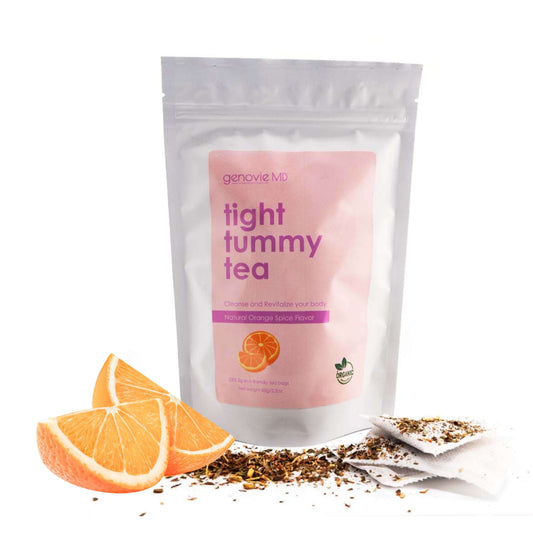Which Fruit Contains Kojic Acid?

Image Credit: dermaessentia.com
If you’re exploring kojic acid for your skincare routine, you might wonder if any fruits naturally contain this powerful ingredient.
While kojic acid has become popular for its skin-brightening properties, its origins are often misunderstood.
In this article, we’ll dive into where kojic acid actually comes from, its benefits for the skin, and the best ways to incorporate it into your beauty routine.
What is Kojic Acid?
Kojic acid is a natural compound that is widely celebrated for its skin-lightening and brightening effects.It’s commonly found in skincare products aimed at reducing dark spots, evening skin tone, and fading hyperpigmentation.
This potent ingredient works by inhibiting the enzyme tyrosinase, which plays a key role in melanin production.
The result? A brighter, more even complexion that many seek for a glowing, youthful look.
Origins of Kojic Acid
Contrary to what some might believe, kojic acid doesn’t come directly from fruits.Instead, it’s produced through the fermentation of certain foods, particularly by-products of the fungus Aspergillus oryzae.
These fermented foods include:
Rice (especially sake) – During the fermentation process of sake (Japanese rice wine), kojic acid is naturally produced by the fungus.

Soy Sauce and Miso – Similar to sake, soy sauce and miso are fermented foods that also result in the production of kojic acid.

Mushrooms – Certain mushrooms, particularly shiitake mushrooms, can contain kojic acid as a result of the natural fermentation process.
Image Credit: doseology.com
Does Kojic Acid Come from Any Fruit?
While kojic acid isn’t naturally found in fruits, it’s often combined with fruit extracts in skincare products to enhance its effects.For example, you might find kojic acid paired with papaya or lemon extracts, both of which are rich in natural enzymes and vitamin C that further brighten and exfoliate the skin.
In other words, while fruits themselves don’t contain kojic acid, they can complement its effects beautifully in skincare routines.
Why is Kojic Acid So Popular in Skincare?
Kojic acid has gained traction in the beauty industry for good reasons. It’s an effective, natural ingredient that provides noticeable results over time.
Let’s take a closer look at some of its key benefits:
1. Reduces Hyperpigmentation
Kojic acid can effectively lighten dark spots, freckles, and melasma by blocking the production of melanin. This makes it a popular choice for those looking to achieve a more even skin tone.2. Antioxidant Properties
As an antioxidant, kojic acid helps protect the skin from environmental stressors, such as pollution and UV radiation.This not only helps maintain a healthy complexion but can also combat signs of premature aging.
3. Exfoliates Dead Skin Cells
In scrub form, kojic acid works as an exfoliant, sloughing away dead skin cells and revealing fresh, radiant skin underneath.This makes it an ideal ingredient for those looking to enhance skin texture and boost radiance.
4. Gentle on the Skin
Compared to other skin-lightening agents like hydroquinone, kojic acid is generally considered gentler and less likely to cause irritation.However, it’s always essential to patch-test any new product, especially if you have sensitive skin.
How to Incorporate Kojic Acid into Your Routine
If you’re interested in reaping the benefits of kojic acid, you can explore several products designed to help you achieve brighter, smoother skin.Here are a couple of options available from Genovie that you can consider:
Using Kojic Acid Soap
Ideal for everyday use, our Kojic Acid Soap is gentle enough for both the face and body. It’s designed to fade dark spots, exfoliate, and brighten the skin.Simply lather it up on your hands, apply it to your skin, and rinse thoroughly. With regular use, you’ll notice a more even complexion and reduced hyperpigmentation.

Using Kojic Acid Body Scrub

If you prefer a more intense exfoliation, the Genovie’s Kojic Acid Body Scrub is an excellent choice. It combines kojic acid with exfoliating particles, making it perfect for tackling rough patches and dark spots on your body.
Remember, since body scrubs can be too harsh for the delicate facial skin, it’s best to reserve this one for the body only.
FAQs
Here are some frequently asked questions that can provide further insights into kojic acid and its role in skincare:1. Is Kojic Acid Safe for All Skin Types?
Yes, kojic acid is generally safe for most skin types. However, if you have sensitive skin, it’s best to start with a lower concentration and gradually build up to avoid irritation.Always patch-test new products to ensure your skin can tolerate them.
2. Can Kojic Acid Be Used Daily?
It depends on the product. Soaps and gentle cleansers with kojic acid can often be used daily, while stronger formulations like serums or body scrubs are best used 2-3 times per week to prevent over-exfoliation.3. What Fruits Pair Well with Kojic Acid in Skincare?
Fruits like papaya, lemon, and pineapple are often combined with kojic acid in skincare formulations.These fruits contain natural enzymes and vitamin C, which can complement Kojic acid’s brightening effects.
4. How Long Does It Take to See Results with Kojic Acid?
Consistency is key with kojic acid. You may begin to notice results after 2-4 weeks of regular use. For best results, make it a part of your daily or weekly routine and be patient with the process.Final Thoughts
While kojic acid isn’t found in fruits, it remains a powerhouse ingredient in skincare, particularly for those looking to brighten and even their complexion.Although it originates from fermented foods rather than fruits, kojic acid works exceptionally well when paired with fruit extracts to enhance its skin-brightening effects.
For a gentle yet effective way to incorporate kojic acid into your routine, consider trying Genovie’s Kojic Acid Soap or Kojic Acid Body Scrub .
These products allow you to enjoy the benefits of kojic acid safely and effectively, revealing a radiant complexion over time.
![Microneedle Pimple Patch[9 Pcs]](http://genovie.com/cdn/shop/files/pimple3_533x.jpg?v=1727980807)
![Microneedle Pimple Patch[9 Pcs]](http://genovie.com/cdn/shop/files/first_pimple_533x.jpg?v=1728066210)




Leave a comment
All blog comments are checked prior to publishing